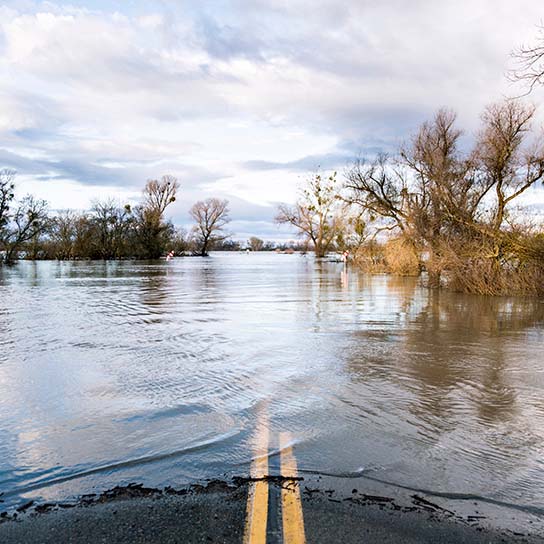In the insurance sector, risk is our business - and climate risk is rewriting the rules. Extreme weather events, rising sea levels, wildfires, and shifting climate patterns are driving up claims, increasing loss ratios, and challenging traditional underwriting models. According to the Swiss Re Institute, insured losses from natural catastrophes have averaged over $100 billion annually in recent years, a figure expected to climb as the climate crisis intensifies.
Yet amid this volatility lies an inflection point. We have a critical opportunity not only to manage these growing risks, but to help shape a more resilient and adaptive global economy. By rethinking products, leveraging data, and investing in prevention, the industry can move from playing defence to becoming a driver of resilience.
From risk transfer to risk prevention
Historically, insurance has focused on risk transfer - helping policyholders recover after disaster strikes. But in the era of climate change, prevention is increasingly more powerful than cure.
Insurers should try to integrate climate adaptation strategies into their offerings and operations. This includes advising brokers to help their customers to adopt resilient building practices, support nature-based solutions, and use advanced analytics to identify and mitigate risks before losses occur.
Resilience as a growth strategy
Adaptation is not just about risk management - it’s a growth opportunity. As climate risks evolve, so too do the needs of customers. There is increasing demand for climate-informed products, services, and coverage models, particularly in underinsured regions and emerging markets.
For commercial clients, climate risk modelling and advisory services are becoming valuable differentiators. New insurance markets are also opening up around clean energy, sustainable agriculture, and climate-smart infrastructure. All of which require tailored risk solutions.
As a broker being able to advise on climate resilience will not only help protect their portfolios, it will also provide an opportunity to access new revenue streams and strengthen brand value.
The data advantage
By harnessing satellite imagery, climate models, geospatial analytics, and machine learning, we can develop more precise, forward-looking risk assessments. This allows for more granular underwriting, better reserving, and smarter capital allocation.
Being able to share these insights with customers - whether it’s planning flood defences or helping a business build a resilient supply chain helps build trust build businesses.
Insuring the future
The climate crisis poses unprecedented challenges - but for the insurance industry, it also presents a defining opportunity. By embracing resilience and adaptation, the insurance sector can move beyond loss recovery to lead in risk reduction, innovation, and sustainable development.
This is more than a strategic imperative. It is a responsibility to policyholders, shareholders, and society. Turning risk into opportunity means insuring not just assets, but the future itself.
What action should businesses take?
As automation continues to transform the business landscape, it’s essential to understand its multifaceted impact on insurance risk.
Technology is evolving rapidly and staying abreast of developments is key when it comes to devising appropriate risk management strategies and taking out the necessary cover. This will help businesses navigate the complexities of automation, while taking full advantage of its potential.



